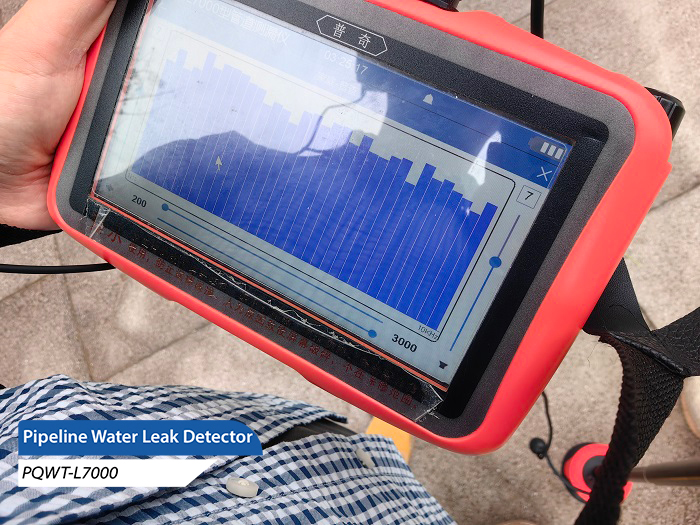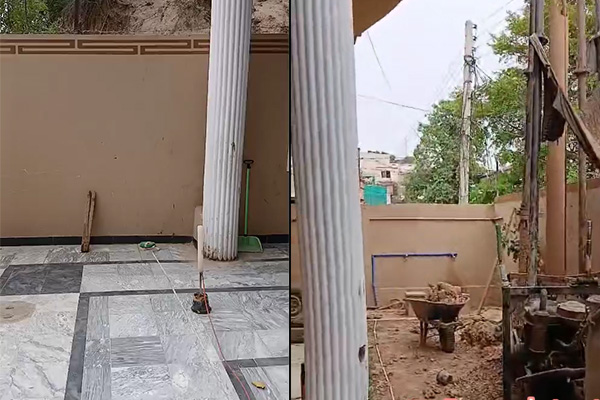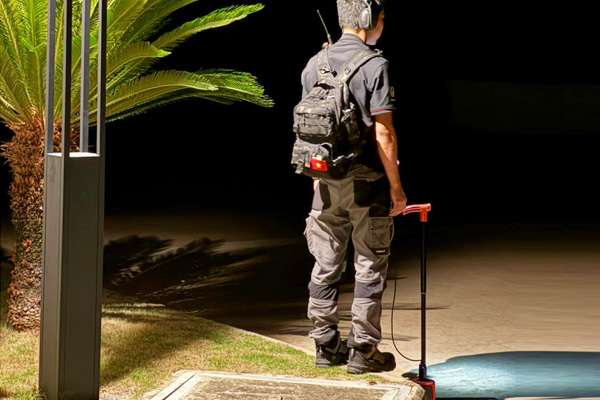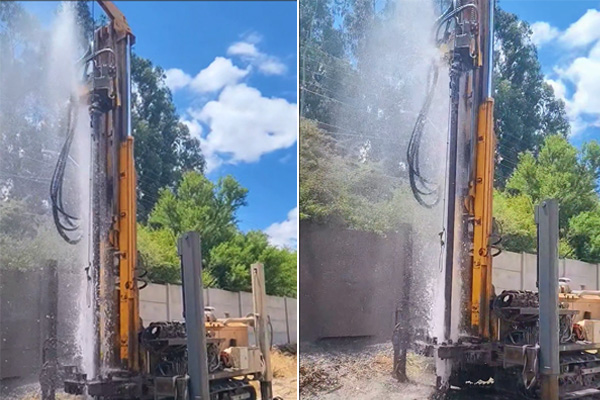As an important component of urban heating systems, the stability and safety of thermal pipelines directly affect the quality of life of residents and the smooth progress of industrial production. However, due to material aging, improper construction, or external environmental influences, thermal pipelines may experience water leakage. Water leakage not only leads to energy waste, but may also cause damage to the surrounding environment. Therefore, timely and accurate detection and repair of water leakage points are crucial for ensuring the normal operation of the thermal system.

Among numerous leak detection methods, using a pipeline leak detector is an efficient and accurate approach. There are various types of pipeline leak detectors on the market, and it is particularly important to choose the appropriate pipeline leak detector for different needs and conditions. Here are a few key factors to help you make wise choices:
1. Detection principle
The pipeline leak detector mainly locates the leakage point based on principles such as acoustics, electromagnetism, and temperature. The acoustic detector determines the location by capturing the abnormal sound generated by water leakage; Electromagnetic detectors use electromagnetic waves to penetrate the ground and search for abnormal changes in metal pipelines; The temperature detector is suitable for hot water pipelines and can determine the location of water leakage by detecting temperature differences. Select the most suitable detection principle based on the specific conditions of the thermal pipeline, such as pipeline material, burial depth, surrounding environment, etc.
2. Accuracy and sensitivity
There are differences in accuracy and sensitivity among pipeline leak detectors of different brands and models. Generally speaking, devices with higher accuracy and stronger sensitivity can more accurately locate the leakage point, but they may also be more expensive. Within budget constraints, products with high precision and good sensitivity should be selected as much as possible to improve detection efficiency and accuracy.
3. Convenience of use
Considering the practical needs of on-site operations, the ease of operation of pipeline leak detectors is also an important consideration factor. Some advanced devices are equipped with intuitive graphical interfaces and automatic analysis functions, which can greatly simplify the operation process and reduce the need for professional training. In addition, the portable design makes the device easier to carry to different work locations.
4. After sales service and support
After purchasing the pipeline leak detector, good after-sales service and technical support are equally indispensable. When encountering equipment malfunctions or operational questions, timely and effective technical support can help users quickly solve problems and ensure the smooth progress of testing work. Therefore, when choosing a pipeline leak detector, it is also important to understand the after-sales service content and response time provided by the supplier.
5. Budget
Although pipeline leak detectors with superior performance can bring higher work efficiency and more accurate results, their cost is relatively high. It is essential to plan the budget reasonably and choose products with high cost-effectiveness while meeting basic needs.
In summary, selecting a suitable pipeline leak detector requires comprehensive consideration of multiple factors, including but not limited to detection principles, accuracy and sensitivity, ease of use, after-sales service, and budget. By carefully evaluating these factors, the most suitable leak detection tool for one's own needs can be effectively selected, providing strong technical support for the safe maintenance of thermal pipelines.








